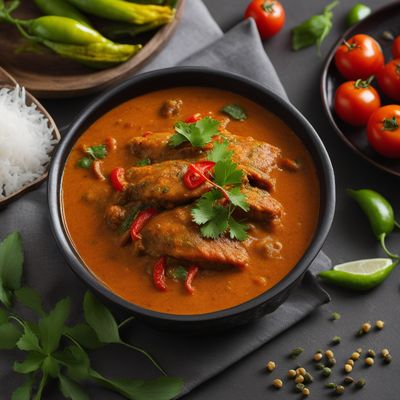
Dish
Masor tenga
Fish curry with sour fruit
Masor tenga is made by cooking fish in a blend of spices and tomatoes until it is tender and flavorful. The dish is known for its sour taste, which comes from the use of tamarind or lemon juice. The spices used in the dish include cumin, coriander, and turmeric. The dish is typically served with rice and is a popular dish in Assamese cuisine. The dish is rich in protein and healthy fats, making it a great option for those looking for a healthy and flavorful meal.
Origins and history
Masor tenga is a traditional dish from the Indian state of Assam and has been enjoyed for generations. The dish is believed to have originated in the Ahom dynasty, which ruled Assam from the 13th to the 18th century. The dish is now a staple in Assamese cuisine and is often served at special occasions and festivals.
Dietary considerations
Gluten-free, Dairy-free
Variations
There are many variations of Masor tenga, with some recipes calling for the addition of vegetables such as eggplant or okra. Some recipes also call for the use of different types of fish, such as catfish or salmon.
Presentation and garnishing
Masor tenga is typically served in a bowl with rice. The dish is garnished with fresh cilantro and can be served with a side of vegetables such as roasted carrots or sautéed spinach.
Tips & Tricks
To make the dish even more flavorful, try using fresh fish instead of frozen. This will give the dish a fresher and more vibrant taste. Additionally, be sure to use fresh tamarind or lemon juice for the sour taste, as this will give the dish a bright and tangy flavor.
Side-dishes
Rice
Drink pairings
Chardonnay, Pinot Noir
Delicious Masor tenga recipes
More dishes from this category... Browse all »

Aab gosht
Indian cuisine
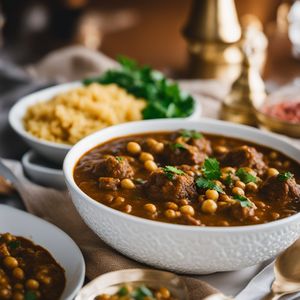
Abgoosht
Iranian cuisine
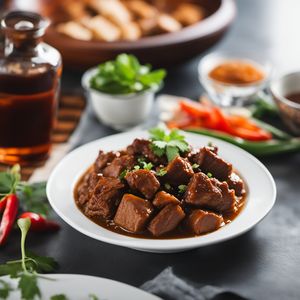
Adobo
Filipino cuisine
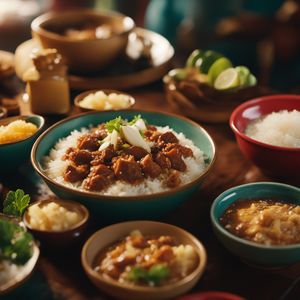
Adobo sa gatâ
Filipino cuisine

Adobong baboy
Filipino cuisine

Adobong baka
Filipino cuisine

Adobong dilaw
Filipino cuisine
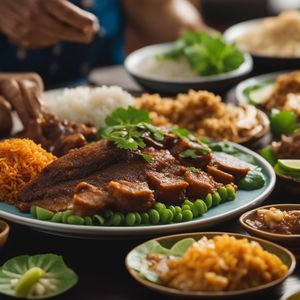
Adobong hito
Filipino cuisine
More cuisines from this region...
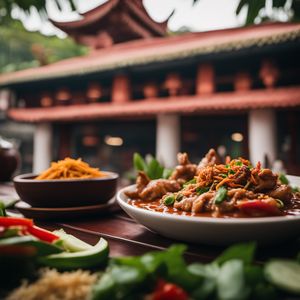
Naga cuisine
Spicy, Tangy, Flavorful, Unique
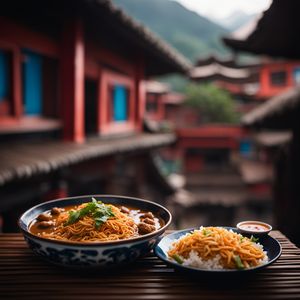
Sikkimese cuisine
Mild and subtle flavors, Uses a lot of herbs and spices (ginger, garlic, cumin, coriander, turmeric), Uses a lot of fermented foods and beverages (chhang, tongba, gundruk)
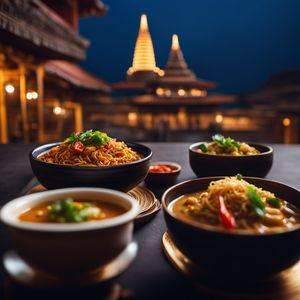
Tripuri cuisine
Spicy and tangy flavors, Uses a lot of herbs and spices (bay leaves, cinnamon, cardamom), Uses a lot of fermented fish and bamboo shoots which give it a unique flavor

